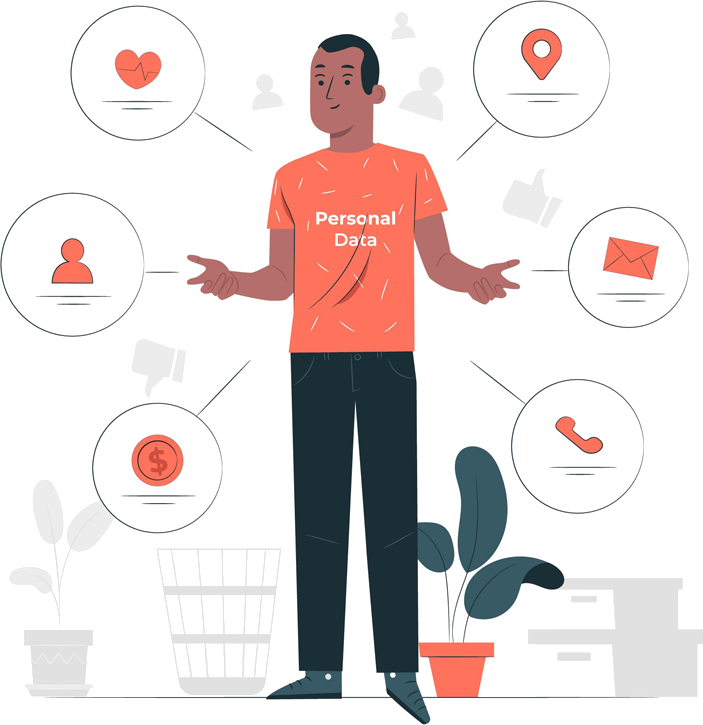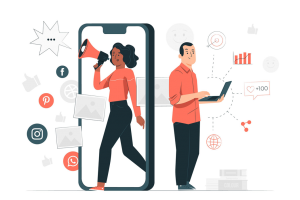Personalised digital marketing is a hot topic right now, and with good reason: it can drastically increase the efficacy of your marketing efforts, enabling you to connect more powerfully with your customers, appealing to their personal pain points, needs, habits and aspirations.
Here are 6 steps to help you with personalised digital marketing efforts.
- Understand who your customers are
In order to personalise your digital marketing, you need to know as much as possible about the people you are communicating with. A good starting point is to create “buyer personas” that typify your various types of customer. What age are they? Where do they live? What’s their income level? What are their aspirations? What other brands do they engage with? What life stage are they at? What sort of job are they in? The more you know about your customers, the more effective your digital marketing will become.
- Collect as much data as possible
Data is the key to creating your buyer personas and targeting your marketing efforts. Get people to sign up to your mailing list and ask them questions to help you personalise your communications and offers – but don’t expect them to answer too many questions; pinpoint the information you most need and focus on getting that. Other ways to gather data include mapping out the geographical areas your orders are coming from and checking out your social media followers’ likes and interests.
- Arrange your customer database by persona
This will make it easier to create targeted marketing campaigns and to follow and measure how well these are working for each type of customer.
- Decide on the brand message you want to send to your buyer personas
Based on what you’ve learnt about your customers, decide on what communication style, tone and content would most appeal to them. Don’t adopt a “one size fits all” approach – keeping each buyer persona in mind, consider how to speak their language and really engage with them.
- Send your messages from people, not your brand name
An email that shows up as from a named person at your company is far more appealing than one that simply comes from your company name. Make sure your tone sounds personal, friendly and authentic too.
- Plan your communications
You’ve probably heard of the “buying funnel” – the path that customers pass along from discovering your business to making a purchase. The way you communicate with them will vary at each stage of this process, so you need to plan out the content they will see at each stage in the customer journey. For example, if someone has viewed a certain product on your website, you should make sure they then get served with marketing (either online or via email) which feature the product they’ve shown interest in. If someone has backed out at the checkout stage, you might want to send them a personalised offer giving them a discount if they complete their purchase.






